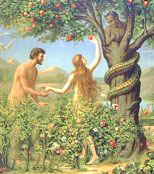spcat escribió:
A ver alma de cántaro ¿te has leído alguna investigación sobre el tema donde indican como, donde, medias, ecuaciones usadas, etc... que se han utilizado para los resultados de la investigación? Esta claro que no, o si no no serias tan cafre de dar por hecho que los datos de una estación meteorológica no se intercomparan con muestras de satélite para reducir la tasa de error, sin tener en cuenta de que pones un ejemplo chorra, ya que esas estaciones siguen midiendo por tradición y sus datos solo se utilizan como mención anecdotica.
Pero nada, tu a lo tuyo, ignorando selectivamente el aluvión de datos a favor del cambio climático antropogénico para centrarte de forma obsesiva en las tres o cuatro evidencias escogidas que parecen ponerlo en duda.
Tu estas sujeto a un clavo ardiendo. Pensaba preguntarte si estabas haciendo alguna tesis sobre global warming y pasabas por aquí y derrepende quieres exponer todas tus argumentaciones.
Pero te tengo k decir que aun para q se demuestre el cambio climático kdan muchos años. De verdad amigo, ¿como queréis demostrar el cambio climático en una franja de tan pocos años insignificantes?
¿sabes la cantidad de periodos con diferentes climas que ha habido desde que se formo la tierra?
No sabes nada. Y te basas en que en estos ultimo 70 años k llevamos midiento el clima global a subido 0.5 °C de media.
Pero entes tan Urano q solo te limitas ha decir k hay calentamiento global, y además solo por Co2 y effect greenhouse hahaha.
El sol para ti existe?
Si el sol aumenta su actividad hace mas calor y cuando la reduce hace mas frío, por eso ha habido glaciaciones y derretimientos toda la vida.
Matt Penn and William Livingston of the U.S. National Solar Observatory and U.S. Air Force Laboratory believe that the Earth is entering a cooling phase based upon three different analyses of the Sun’s recent behavior. It is now in the final stages of Solar Cycle 24, “the weakest in more than 50 years.” They predict that by the time Solar Cycle 25 soon arrives, “magnetic fields on the Sun will be so weak that few sunspots will be formed.”
Scientists at Russia’s prestigious Pulkovo Observatory in St. Petersburg have stated that solar activity is waning to such an extent that the global average yearly temperature will begin to decline into a very cold and protracted climate phase. Observatory head Habibullo Abdussamatov, one of the world’s leading solar scientists, member of the Russian Academy of Science, and director of the Russian segment of the International Space Station, believes that the deep freeze will last until the end of this century. He predicts that: “after the maximum of Solar Cycle 24, from approximately 2014, we can expect the start of the next bicentennial cycle of deep cooling with a Little Ice Age in 2055 plus or minus 11 years” (the 19th to occur in the past 7,500 years).
Dr. Abdussamatov points out that over the last 1,000 years deep cold periods have occurred five times. Each is correlated with declines in solar irradiance much like we are experiencing now — with no human influence. “A global freeze will come about regardless of whether or not industrialized countries put a cap on their greenhouse gas emissions. The common view of Man’s industrial activity is a deciding factor in global warming has emerged from a misinterpretation of cause and effect.”
Many solar experts challenge Met Office claims that the greenhouse effects of man-made carbon dioxide are sufficiently strong to overwhelm potential solar cooling, much less to produce net warming. They point out that the Met’s assessment is based upon highly theoretical climate models that exaggerate CO2 influence, while failing to account for numerous other more important contributing factors.
Judith Curry, a well-known climatologist who chairs the School of Earth and Atmospheric Sciences at the Georgia Institute of Technology, finds the Met’s confident prediction of a “negligible” solar impact “difficult to understand”. She has stated that “The responsible thing to do would be to accept the fact that the models may have severe shortcomings when it comes to the influence of the Sun”. As for a predicted warming pause, she said that many scientists “are not surprised”.
Curry also notes important contributions of 60-year Pacific and Atlantic Ocean temperature cycles, observing that they have been “insufficiently appreciated in terms of global climate”. When both oceans were cold in the past, such as from 1940 to 1970, the climate cooled. The Pacific “flipped” back from a warm to a cold mode in 2008, and the Atlantic is also thought likely to flip back in the next few years.
- See more at:
http://www.cfact.org/2013/06/10/fashion ... SieXv.dpufAs Joe Bastardi observes, “Mother Nature is always searching for a balance she can never fully achieve because of the design of the system. It’s not unlike Aquinas’s search for the unmoved mover. We rotate around the Sun on an axis that tilts, with more land in the Northern Hemisphere than Southern Hemisphere. [Climate and] weather is a movie, so we have to keep an eye on what the director is up to.”
So while some alarmists have screamed about the northern ice cap melting due to warming, a condition actually caused by the Atlantic’s multi-decadal phase, the southern ice cap has increased to record levels. This is even a more impressive feat because, since being surrounded by water, it requires more cooling to freeze that ice than it does to warm cold dry air on continental surfaces that surround the Arctic Ocean. But as soon as the Atlantic goes into its cold mode, the northern ice cap will expand again as the southern ice cap shrinks. This is but one example of how the back-and-forth mechanism works.
- See more at:
http://www.cfact.org/2013/06/10/fashion ... SieXv.dpuf. As the late world-renowned atmospheric scientist Reid Bryson, formerly a leader in voicing Ice Age concern in the 1970s, said: “Before there were enough people to make any difference at all, 2 million years ago, nobody was changing the climate, yet the climate was changing, okay?” He went on to comment “You can go outside and spit and have the same effect as doubling carbon dioxide.”
Also consider, as David Whitehouse at the Global Warming Policy Foundation points out, if current global temperature trends remain flat or become cooler, “it will mean that no one who has just reached adulthood, or younger, will have witnessed the Earth get warmer during their lifetime.”
Vladimir Bashkin and Rauf Kaliulin from the Institute of Biology of the Russian Academy of Sciences state that warming during our past century is something we should have expected when coming out of a the Little Ice Age rather than resulting from any changes caused by human activities. Cold causes more disruptions for people than warming, and humanity has always prospered most during warmer periods.
Whether cooling continues or not, is there any reason at all to panic? No, but by the same token if, for any reason, global warming resumes as it probably will, again and again following intermittent cool-downs, let’s be grateful for the many human health and welfare benefits it brings. Let’s celebrate times when CO2-dependent agriculture flourishes over extended growing seasons, and when cold-related death rates decline. Also, in the unlikely event that we humans can and do have any influence on climate, let’s really hope that the good ol’ plant-nourishing CO2 we release will help rescue us from a truly chilling alternative.
In the meantime, however, it might be a good idea to hedge your bets. If I were you, I wouldn’t discard those flannel Long Johns just yet. There’s a very good chance that you are going to need them over the next many years.
- See more at:
http://www.cfact.org/2013/06/10/fashion ... SieXv.dpuf 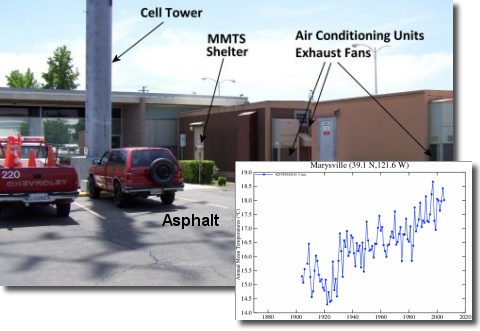
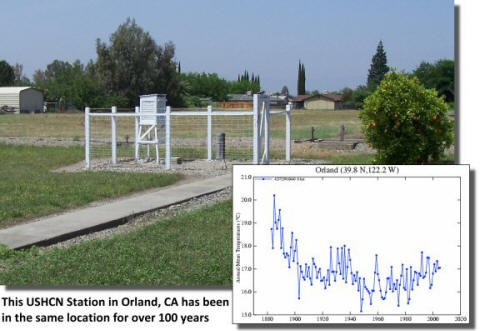
![adios [bye]](/images/smilies/nuevos2/adio.gif)
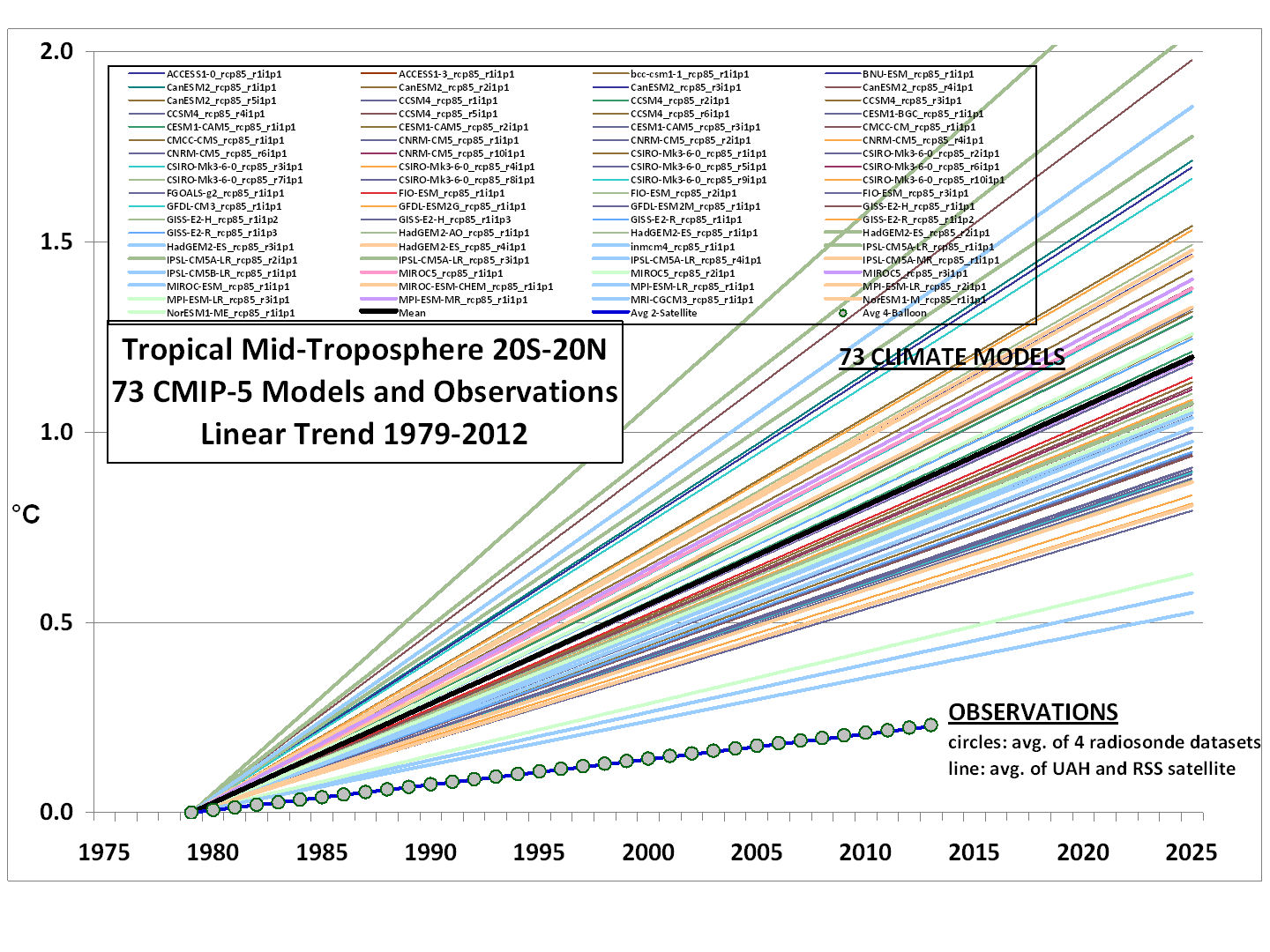
 (claro, de todo quieren ganar más dinero)
(claro, de todo quieren ganar más dinero)(claro, de todo quieren ganar más dinero)



![Ok! [oki]](/images/smilies/net_thumbsup.gif)





![Que me parto! [qmparto]](/images/smilies/net_quemeparto.gif) .
.








![Ala! [Alaa!]](/images/smilies/nuevos/sorprendido_ani2.gif)







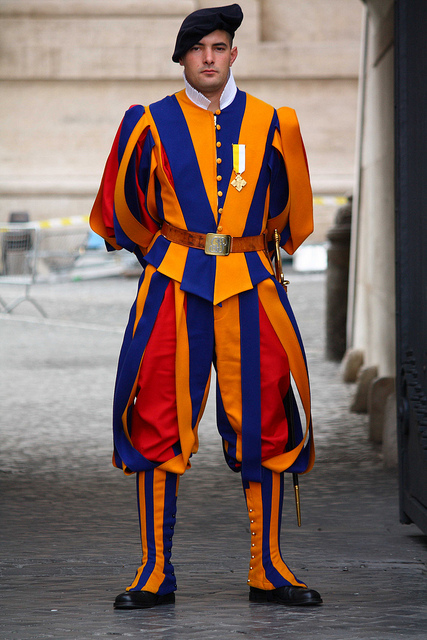


![pelota [boing]](/images/smilies/nuevos/pelota_ani1.gif)
